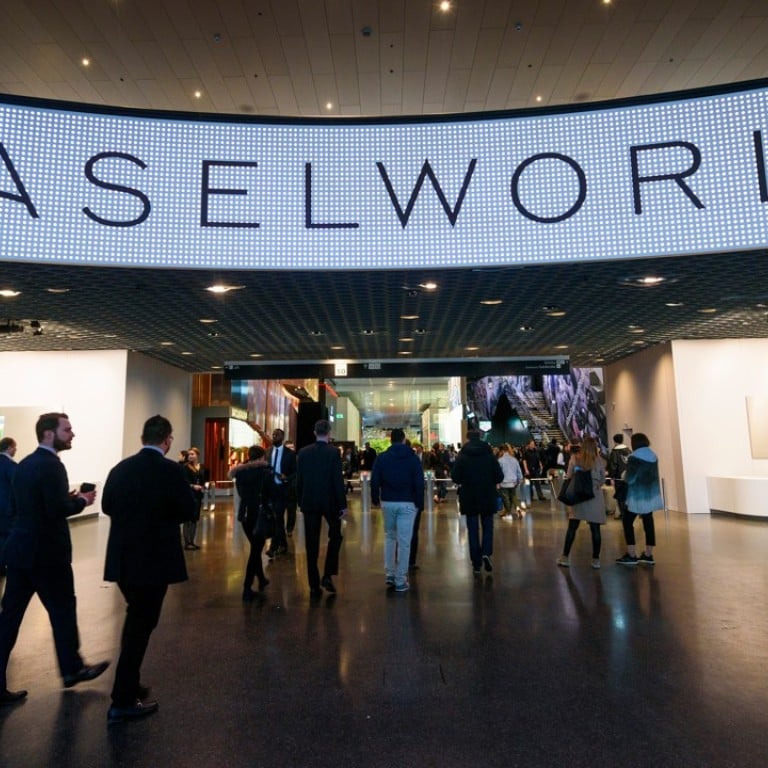Move towards realistic watch sizes and more elegant profiles is clear at Baselworld 2017

High complications were few and far between this year. Instead, simple designs with smaller cases and clean aesthetics featured prominently, with the vintage look also proving popular
B aselworld 2017 revealed two things in March. The world’s biggest watch and jewellery fair showed how maisons are shifting from the spectacle and splash of the past decade - and that the industry faces challenging times.
There were fewer high complications and more simple designs at the show. The ultra-thin Classique 7147 by Breguet is a wonderful example, with a clean face of grand feu enamel and three simple and elegant hands. The seconds sub-dial at 5 o’clock is slightly recessed, adding texture to the
lustrous face.

The vintage look and feel is also strong. Omega celebrated the 60th anniversary of its Speedmaster, Railmaster and Seamaster 300 models with limited-availability re-editions available as either a set or individually. Tag Heuer continues to offer re-editions, and this year brought out its Autavia Heuer 02. Indeed, limited-edition pieces that pay homage to the past are a strong force in the market.
A post shared by Style_SCMP (@style_scmp) on Mar 29, 2017 at 11:23pm PDT
In general, there is a strong emphasis on producing watches that are accessible to a wider audience. Watchmakers are trying to show that they are offering more for money. The past decade has seen the move of brands to develop more watch making abilities in house, and this has increased costs to potentially unsustainable levels. Some companies have moved back to using movements from other calibre-makers, such as ETA. This could be an attempt to utilise production overcapacity in the industry or the desire of brands to help each other in tougher times, but it is also seen as a move to put more watches on wrists.
Steel looks solid, this year. The Patek Philippe Nautilus models and the Rolex Daytonas in steel have often been more sought after than those pieces in precious metals. Now even some high-priced independents are bringing out movements in horological steel. The final edition of the Legacy Machine No. 1 by MB&F is available in steel, all 18 pieces of them. And Beat Haldimann has for the first time used stainless steel for the classically beautiful watches he makes. But while watchmakers are generally playing safe with design, they are not afraid of experimenting with colours and there are new releases that go beyond the usual palette.
Blue is still strong, violet seems to be coming up again, but the willingness to move past the usual is clear.
